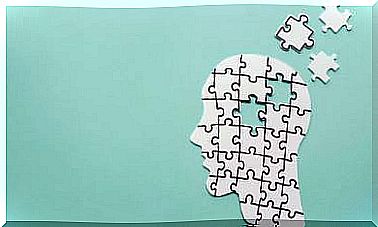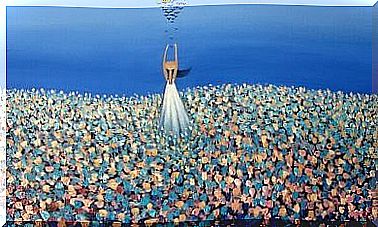What We Learned From “A Wonderful Mind
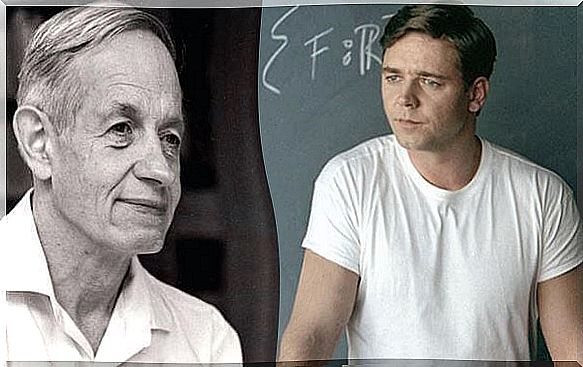
John Nash has died, that genius of life and mathematics who inspired the fantastic movie A Beautiful Mind.
Based on the novel by Sylvia Nasar, the 2001 feature film A Wonderful Mind, produced in 2001, was a true success that garnered 4 Oscars and countless followers. Starring Russell Crowe, the film offers us in a simple way a great message that invites us to find a way to overcome our limitations, whatever they may be.
To those who do not know the story of John Nash …
John Nash was 30 years old when he was diagnosed with paranoid schizophrenia. The healthy ambition of his privileged mind was weighed down by a tremendous disease that devastated him.
He was a brilliant mind, a wonderful mind that was outstanding and promising when it all happened. However, nothing stopped him from pursuing his dreams. After years of cruel treatments that tried to help him overcome his mental illness, John Nash managed to keep his symptoms at bay.
His internal work was, obviously, huge until the end of his days. Logically living without being able to discern what is real and what is not is very complicated ; however, Nash’s brilliant mind succeeded. In the film A Wonderful Mind this situation is very well reflected, its impotence together with its ability to overcome.
Nash won the Nobel Prize in Economics in 1994 for his game theory, still valid today and useful in the field of strategy. John battled paranoid schizophrenia his entire life. And, yes, he did. He managed to lead a completely different life than the one his illness destined for them.
His death, like his life, has not been expected. On May 23, 2015, Nash died, along with his wife, the victim of a traffic accident.
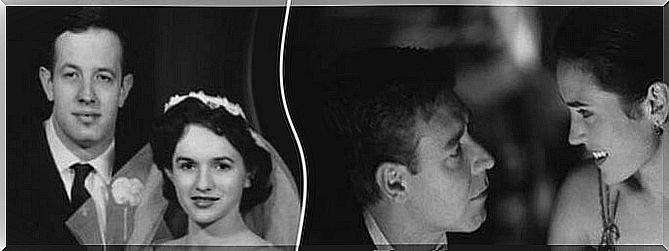
An example of improvement and hope that inspired A Wonderful Mind
We owe him a lot, not only for his contribution to science but for telling us his story and going back “to the world of the sane” to teach us that, working within ourselves, all minds are wonderful.
John clung to his intelligence and lived with the voices in his head even though they drowned him out. Their fight was not easy. However, he managed to understand that the path of his life was in acceptance. And he showed it to us.
Then inspiration struck. He managed to create a stable world in a changing place. And, what was initially a combat, ended up being a home in development. Despite his limitations, Nash achieved a position as a professor at MIT while, in turn, regaining the brilliance that his mental problem had truncated.
John Forbes Nash learned to live with schizophrenia throughout his life by applying a rule that “every problem has a solution . ” Something that, although it is not valid for all mentally ill people, we can all adapt to our lives in some way.

So is schizophrenia cured or not cured?
Investigative journalist Robert Whitaker tells us that for a long time, Western Lapland (Finland) had the highest rates of schizophrenia among their population. To get an idea, about 70,000 people live there, and in the 1970s and early 1980s, there were 25 or more new cases of schizophrenia each year, twice or triple the number in the rest of Finland and Europe.
But in 1969, Yrjö Alanen, arrived at the psychiatric hospital in Turku (Finland). At that time, few psychiatrists believed in the possibility of psychotherapy as a treatment for psychoses.
So they began to work on listening to patients and their families by the professionals present there.
They created a new treatment modality called “Therapy Tailored to the Needs of Patients. ” However, they did not forget that each person is a world and promoted, in turn, the creation and adaptation of a specific treatment for each case.
Some patients would have to be hospitalized, but others would not. On the other hand, there would be patients who could benefit from low doses of psychiatric medications (anxiolytics or antipsychotics) and others who could not.
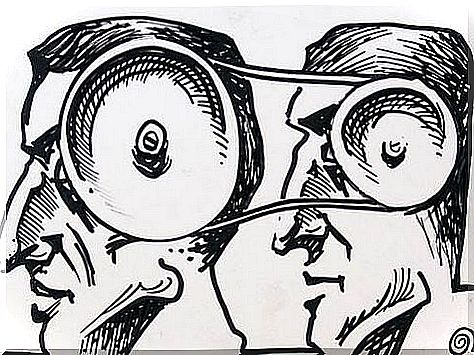
Thus, as we see, they personalized and worked meticulously each case, becoming aware of the needs of each person and each family. Of course, decisions regarding treatment were joint, weighing each opinion appropriately.
The therapy sessions did not revolve around the reduction of psychotic symptoms, but rather focused on the patient’s previous successes and achievements, thus seeking to strengthen control over his life.
In recent years, Open Dialogue therapy has transformed “the picture of the psychotic population” in Western Lapland. Spending on psychiatric services in the region fell dramatically and is now the lowest spending sector on mental health in all of Finland.
What is clear is that things can be done differently. There is another type of treatment for people with schizophrenia or any other type of psychosis that guarantees a different life than the one we are used to giving them.
We put them through aggressive drug therapies, electroshocks and compassion, a lot of compassion. Let’s not forget the pain, fear and rejection that the looks we give to them instill. If we add this, we can put our hand on fire for failure. And we don’t get burned.
